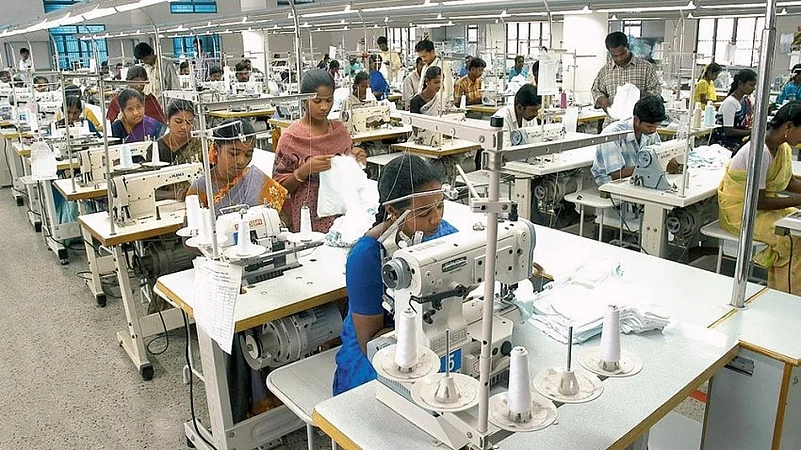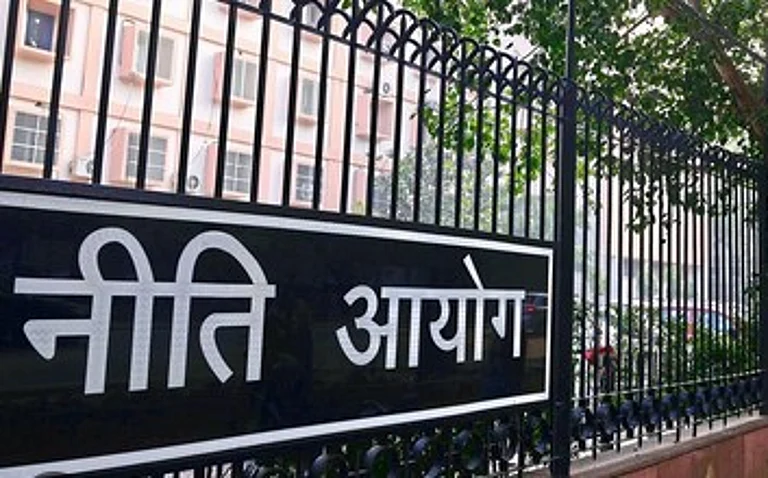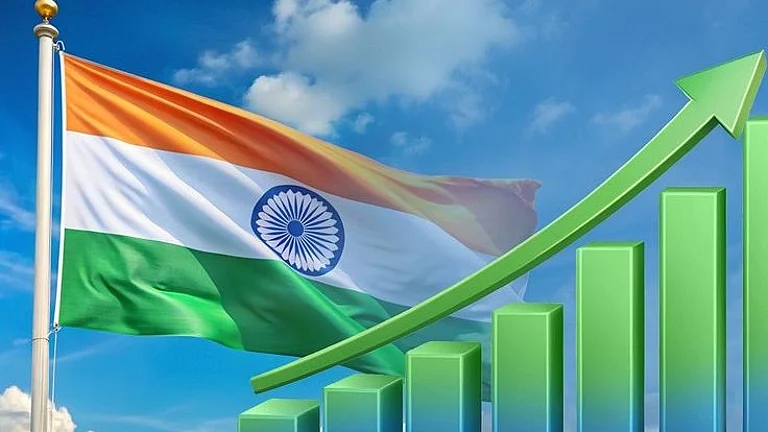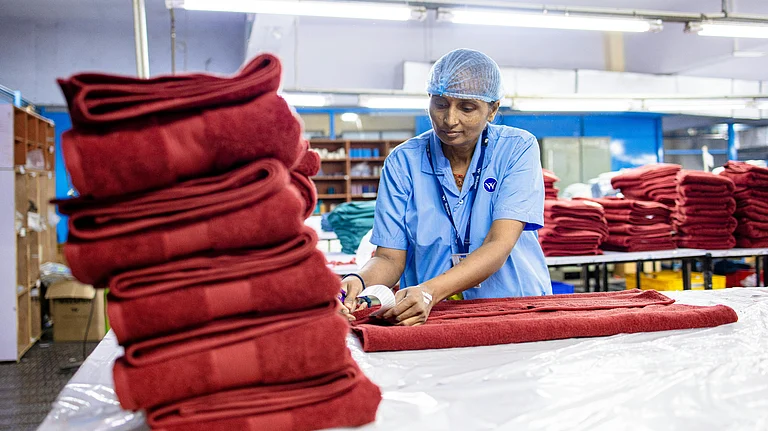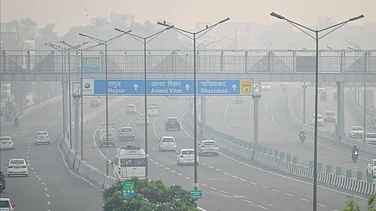India’s Micro, Small and Medium Enterprises (MSME) sector presents a significant lending opportunity with a credit gap of approximately Rs 28 lakh crore, according to a recent report by Mavenark, as reported by ANI.
The report highlights the sector’s growing importance in the Indian economy and the role of policy interventions in boosting credit availability.
As of March 2024, the total size of the MSME lending market across ticket sizes and various player groups stood at approximately Rs 35 trillion, revealed ANI. In FY2024 alone, MSME credit expanded by 22%, driven by a strong demand for loans.
However, the first half of FY2025 witnessed a slowdown in credit growth due to broader market conditions and regulatory concerns around overleveraging and asset quality.
Policy Push and Gaps
According to The Hindu, various initiatives such as the Credit Guarantee Fund Trust for Micro and Small Enterprises (CGTMSE), the Pradhan Mantri Mudra Yojna and collateral-free loans from scheduled commercial banks (SCB) have aimed to improve credit access for MSMEs.
Additionally, digital infrastructure such as the India Stack, credit lines on the Unified Payments Interface (UPI) and the Account Aggregator framework has enhanced digital lending through secure, consent-based financial data sharing to facilitate digital lending.
Despite these efforts, persistent challenges with financing MSMEs remain. As a result, conventional banking models struggle to cater to this segment. Experts suggest that innovative lending approaches, combining technology with emerging lending models, are essential to unlock this underserved credit market.
MSMEs continue contribute significantly to India’s economy. In FY2022, the sector accounted for 29.2% of India’s GDP and accounts for around 62% of the workforce in the business sector, making it the second-largest sector of employment after agriculture, reported The Hindu.
In FY2024, they also contributed to India’s exports, accounting for a share of 45.79% of the total exports, underscoring their importance in bolstering both economic growth and global trade engagement.
To support their diverse financing needs, banks and non-banking financial companies (NBFCs) offer products such as loans against property, supply chain financing, inventory funding and unsecured business loans. The government aims to raise the MSME sector’s contribution to India’s GDP to 40-50% by FY2030
Bridging this gap is crucial not only for MSME growth, but also for fostering job creation, enhancing the competitiveness of MSMEs in the global market and advancing India’s global economic position. Financial inclusion efforts by both public and private players are increasingly focused on ensuring accessible and affordable credit solutions tailored for MSMEs.





